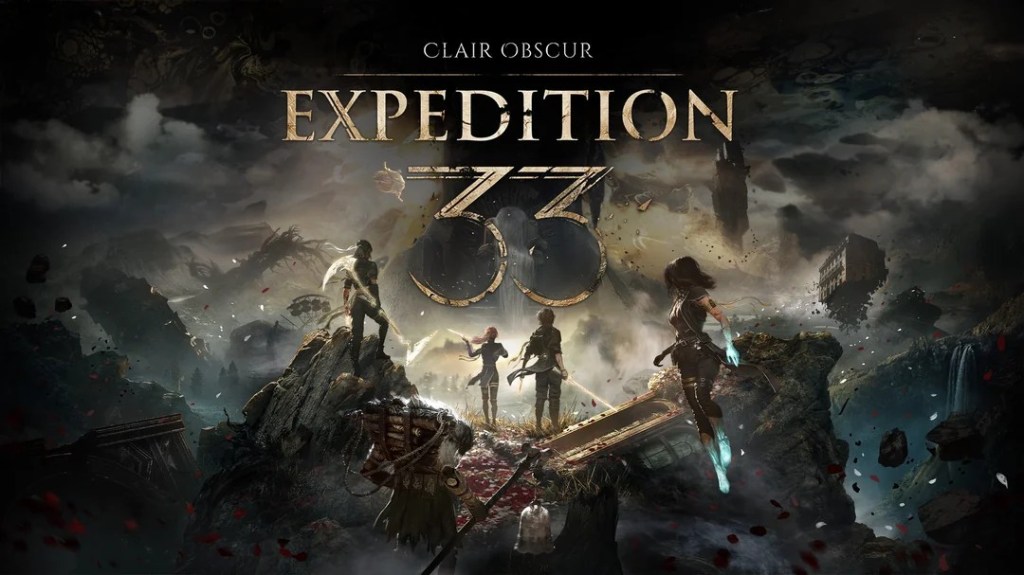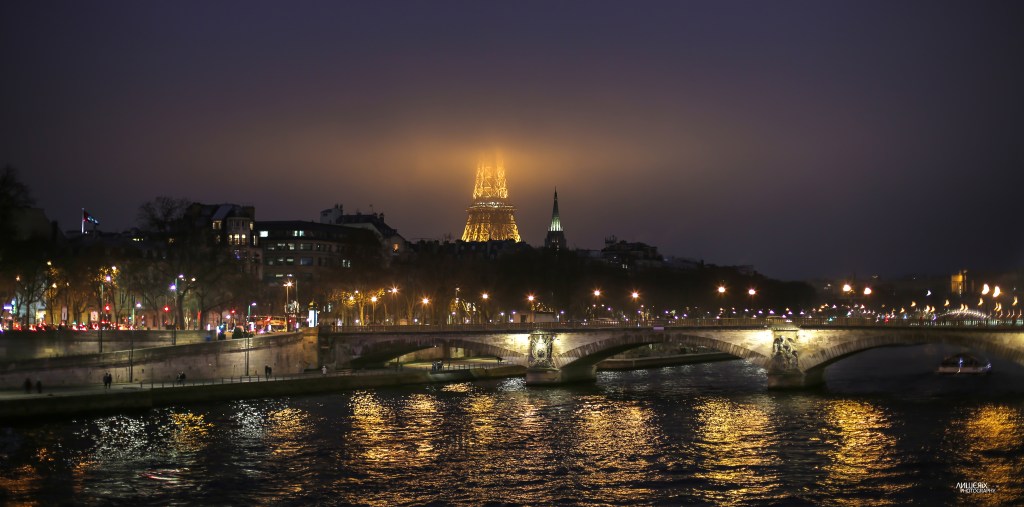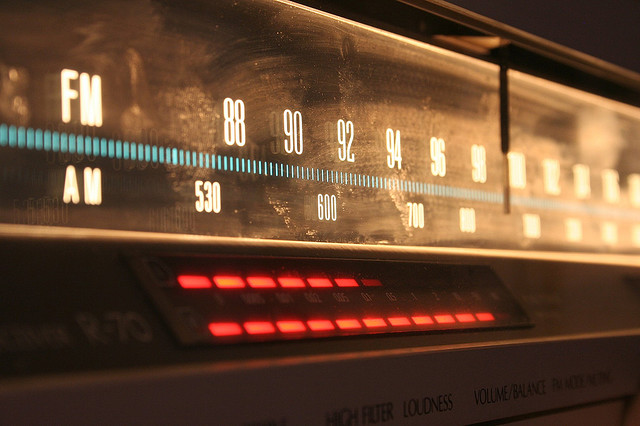AMC Deer Valley 16 (Credit: Reddit)
Vaporwave is a noteworthy artform and music genre which grew from the internet about nostalgia for the pre-internet age.
The 2000s had two cultural flashpoints which pivoted the direction of everything. The first was September 11th, 2001, when Al Qaeda terrorists flew airplanes into the World Trade Center Twin Towers in New York City, and the Pentagon right outside Washington DC, and the passengers on the fourth plane fought back and crashed it in a field near Shanksville, Pennsylvania. This shattered the aura of American invincibility at home, and made the nation aware of a painful
The second was the Great Recession of 2008. Life before 2008 was a wonderous thing. Shopping malls still existed, along with stores like RadioShack, Blockbuster, and Sharper Image, car brands like Pontiac, and financial firms like Lehman Brothers. Life changed significantly after the Great Recession dealt a body blow to the American Economy, and the quality of life for most of your average people got significantly worse.
It should come as little that people are nostalgic for the good ole days, when the world was safe and optimistic, and the American economy meant people’s biggest concern was boredom with their everyday lives. It’s why films like American Beauty and Office Space are held up as time capsules of this phenomenon on very different part of the spectrum. The contentment with general life and that wistfulness for something greater were replaced with horror at how small and brutal the world truly is with September 11th. It should come as an even smaller surprise that people would yearn for these days when they didn’t realize how good they had it, and no surprise at all when people make art and music to express that nostalgia.
Vaporwave is an artistic movement directly reacting to the aesthetics of the 1980s and 1990s, and the look of the early internet age. In essence, it’s a pained nostalgia for the future to which the 1990s were leading, before the 9/11 age bought the world’s feelings of safety and security crumbling down. It’s a nostalgia for retrofuturism in a paradoxically beautiful way.
The History
Vaporwave began as a movement satirizing the glorification of the excesses of the 80s and 90s. Picking up steam in the early 2010s, just a few years after the 2008 crash, it’s not hard to see why. People were still reeling from the economic collapse, and many of the companies who had been teetering on the edge when the economy hit the cliff in 2008 were finishing their falls from grace by 2011.
Vaporwave then took on a life of its own as an artform, and internet subculture. Nostalgia is a powerful force in and of itself, and the aesthetics of the 1990s have their own charm with bold, bright colors, funky shapes, and a tackiness that manages to be somehow endearing. With the dominant style following hyper-modernism and hyper minimalism starting in the 2010s, it makes sense that some people would wish for the more colorful avenues of their childhoods back. It would be around this time that many young up and coming electronic musicians would start toying with editing music to make something new.
One of the most enduring characteristics of Vaporwave is that its definition is always up for interpretation. While the movement had its trailblazers that helped codify the style and music, there’s a certain level of community involvement in the artform. With something as nebulous as the internet, it should come as no surprise that art born from people on the internet is defined, in varied and sometimes contradictory ways, by people on the internet.
None of it would exist if there wasn’t a valid point to make, and people who wanted to use music to make that point.
The Music
Vaporwave is a specific musical genre that harkens back to the pre-9/11 world, awash in the neon and tacky aesthetics of the nineties in all their kitschy glory. This is a fond nostalgia for a world that once existed but now doesn’t anymore. Maybe it never existed at all, and the music represents the dreamy, faded memories of a time gone by.
It’s hard to describe quite what Vaporwave music is like, since it’s a genre with a large variety. The genre itself involved edits to music from the 1980s and 1990s, a lot of smooth jazz, but definitely plenty of room for other genres to become part as well. Sampling has been a music creating technique since the 1980s, and Vaporwave using the technique popularized in the decade to harken back to Common sources are looping sections from popular 80s or 90s songs, then slowing them to give a dreamy feel to the songs before layering other elements into the new mix. The concept might be easier to demonstrate than explain.
The Vaporwave artist Surfing (stylized as: S U R F I N G) has a track off their 2012 album Deep Fantasy called, “Hit The Spot.” The website whosampled.com lists one sample, a track by Kenny G called, “Sade.” A quick search reveals that the Kenny G song is off his 1986 album Duotones. Comparing “Hit The Spot” and “Sade” shows that Surfing takes the intro few bars of “Sade” before the saxophone comes in, loops and slows them to create the basis for “Hit The Spot.” Then, layering their own vocals and guitar work onto the song gives it an entirely new feel. The repetitive nature lulls one into that familiarity, and thus the paradoxical balance takes hold. The music video linked for “Hit The Spot” is unofficial. The video itself consists of old television commercials stitched together with the song underneath. Critique on capitalism? Absolutely. Does it call to mind those old days of wandering the mall to find those products As Seen on TV? Wouldn’t be surprised if it did.
Repeat this process with many other Vaporwave tracks, and a lot of the power of the music is revealed. Familiar songs reprocessed in ways which give the songs a hazy, dreamlike quality to them. New version of old muzak songs. Vaporwave, however, is more than just the music. The aesthetics are a powerful part of the subculture’s staying power.
The Style
The aesthetic and cultural cornerstone of Vaporwave is a fond nostalgia for the neon-drenched, brightly-colored, plastic feeling of the 1980s and 1990s; it is a rebuke and ironic celebration of the worst of capitalism’s excess. A lot of vaporwave is a commentary on consumerism, and the excesses of the 1990s. It was a time when America had very little to worry about. The movement is about coveting an aesthetic and the trappings of wealth which will never be attainable. This old screenshot of a 4chan post shared to Reddit may be one of the best summaries of the aesthetic.
The aesthetics associated with the movement have grown in the years since. Vintage anime, especially with warm color palettes has become quite popular. So has the infamous ‘Jazz’ disposable cup design, Michelangelo’s statue of David, Roman columns, and the garish color palettes seen everywhere in the 1990s. And neon. Lots of neon. Somewhat banal places became Vaporwave meccas due to the old aesthetics, like the look of Taco Bell or Pizza Hut before the massive wave of modernization that came about in the 2010s.
In essence, the aesthetics of Vaporwave are the coolest parts of the 1980s and 1990s thrown into the blender. In many aspects, the garishness is part of the appeal. Much like the definition of the movement itself, the qualifying aesthetics are at the whim of the people of the internet as well.
Vaporwave Today
Vaporwave today is comparatively less popular. It’s an artform that had its fifteen minutes and people have moved on. However, due to the coolness factor of its style, and the message behind the music, it has managed to retain some staying power. Vaporwave has kept to its more obscure corners of the internet for a reason. There isn’t quite mass market appeal for such a specific and odd subculture, its music, or its specific aesthetics. However, there are the occasional albums that deserve the right to break into the mainstream because of the sheer audacity of the concept behind them.
One such is 猫 シ Corp.’s (Cat System Corp.) album, News at 11. This album takes the point of Vaporwave being nostalgic for the time before 9/11 in the most serious of ways. The first nine tracks of the album use samples from various TV programs aired on the morning of 9/11 before the attacks happened, while the latter eleven all contain samples from The Weather Channel, as if the person watching TV that day just missed the biggest news story of all time, and gets to live in the 1990s a little longer than everyone else. The juxtaposition of knowing what would be aired even just moments after some of these clips fills the album with a visceral sense of unease that its artistic value cannot be overstated, despite being a whole album of well-edited material from TV and smooth jazz songs. A visual companion to the album was also commissioned.
There are a fairly substantial number of obscure music genres and artistic movements born from the internet. Vaporwave is one of many floating out there in the digital sea. However, its unique blend of social criticism, love for aesthetics, and penchant for nostalgia make it worthy of a little more recognition than many of its peers.








Leave a comment